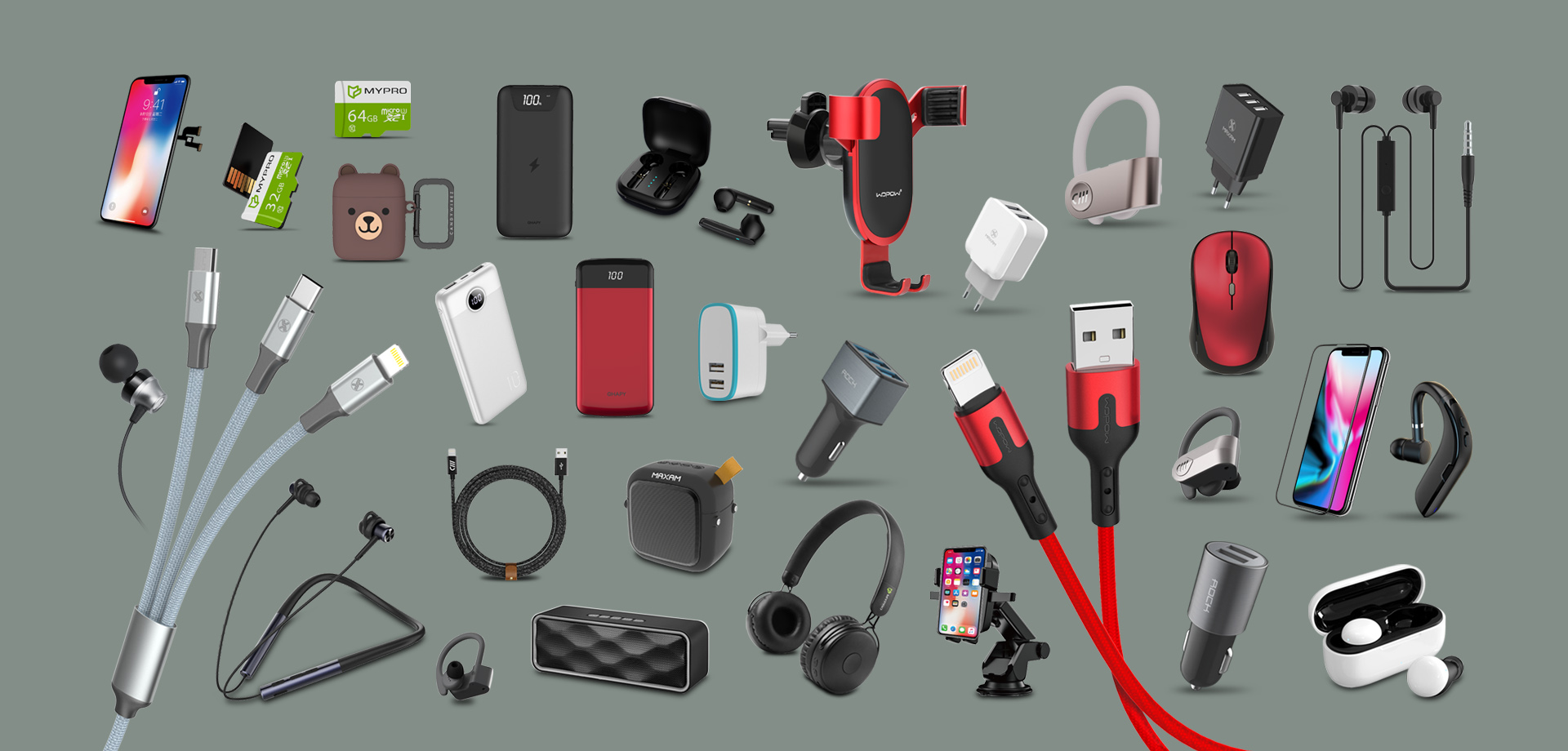In the past decade, China has solidified its position as the largest exporter of electronic products, supplying everything from consumer gadgets to industrial components. For international buyers, sourcing electronics from China offers unmatched cost advantages, product variety, and advanced manufacturing capabilities. However, as global disruptions like the COVID-19 pandemic, geopolitical tensions, and supply chain bottlenecks have shown, sourcing electronics from any single region comes with risks.
Supply chain resilience has become a top priority for businesses sourcing electronics from China. It involves creating strategies to ensure the continuity of operations despite potential disruptions such as material shortages, factory closures, or logistical challenges. In this blog, we will explore the challenges of maintaining supply chain resilience in the electronics industry and provide actionable steps for international buyers to safeguard their procurement operations in China.
Why Is Supply Chain Resilience Important?
Supply chain resilience is about building the ability to anticipate, respond to, and recover from disruptions. For businesses sourcing electronics from China, resilience is critical for several reasons:
Mitigating Disruptions: Events like natural disasters, geopolitical changes, or transportation delays can significantly impact supply chains. A resilient supply chain ensures minimal disruptions to production and delivery.
Meeting Market Demands: In the fast-paced electronics industry, delays in procurement can result in missed market opportunities, loss of customers, and revenue declines.
Managing Costs: Disruptions often lead to increased costs due to expedited shipping, alternative sourcing, or penalties for late deliveries. Resilience minimizes these additional expenses.
Building Competitive Advantage: Companies with robust supply chains can adapt quickly to changes, offering better service to customers and gaining an edge over competitors.
Challenges in Sourcing Electronics from China
While China remains a reliable manufacturing hub, its electronics supply chain is not immune to challenges. Understanding these risks is the first step toward building a resilient supply chain.
- Material Shortages
The electronics industry relies heavily on specific raw materials, such as semiconductors, rare earth metals, and lithium for batteries. Supply chain disruptions, trade restrictions, or surges in global demand can lead to shortages.
- Logistics and Transportation Bottlenecks
Shipping delays have become increasingly common due to port congestion, container shortages, and fluctuating shipping costs. These bottlenecks can extend lead times and increase costs for international buyers.
- Over-Reliance on Single Suppliers
Many buyers depend on a single supplier for critical components. If this supplier experiences operational issues, the buyer’s production schedule can be severely impacted.
- Regulatory and Geopolitical Risks
Trade tensions, new import/export regulations, and tariffs can complicate the procurement process. For example, restrictions on semiconductor exports have had significant ripple effects on the electronics supply chain.
- Quality Control Challenges
Inconsistent quality among suppliers can lead to delays, increased defect rates, and higher return rates from customers. Quality issues often emerge when new suppliers are engaged without thorough vetting.
Strategies for Building Supply Chain Resilience
To mitigate these risks, international buyers sourcing electronics from China should implement the following strategies:
- Diversify Your Supplier Base
Why It Matters:
Relying on a single supplier or region increases vulnerability to disruptions. Diversifying your supplier base reduces dependence on any one source and provides flexibility in case of disruptions.
How to Do It:
Identify multiple suppliers for key components, both within and outside of China.
Categorize suppliers into primary and backup partners. For critical components, maintain relationships with at least one alternative supplier.
Use supplier diversity to negotiate better terms and reduce risks.
Case Example:
A North American electronics company sourcing PCBs from a single Chinese supplier experienced a production halt during the pandemic. After diversifying its supply chain to include a secondary supplier in Vietnam, the company was able to maintain production levels during future disruptions.
- Strengthen Supplier Relationships
Why It Matters:
Strong relationships with suppliers can lead to better communication, priority in production schedules, and faster resolution of issues.
How to Do It:
Establish regular communication with your suppliers through weekly or monthly updates.
Build long-term contracts that encourage collaboration and mutual growth.
Visit supplier facilities when possible to foster trust and ensure transparency.
Offer incentives for meeting quality, timeline, and compliance standards.
Pro Tip:
Suppliers are more likely to prioritize buyers who maintain consistent orders and clear communication. Treat suppliers as partners, not just transactional vendors.
- Use Technology for Supply Chain Visibility
Why It Matters:
Real-time visibility into your supply chain helps you anticipate disruptions and respond proactively. Advanced technologies like IoT, AI, and blockchain are transforming supply chain management.
How to Do It:
Implement supply chain management software to monitor inventory levels, order statuses, and shipping timelines.
Use IoT sensors for real-time tracking of shipments and production progress.
Leverage blockchain for secure and transparent tracking of electronic components throughout the supply chain.
Analyze historical data using AI to identify patterns and predict potential risks.
- Invest in Inventory Buffering
Why It Matters:
Maintaining safety stock ensures that your business can continue operations during short-term supply disruptions. While it may increase carrying costs, inventory buffering minimizes the risk of production downtime.
How to Do It:
Calculate optimal safety stock levels based on lead times, demand variability, and supplier reliability.
Identify critical components and maintain higher stock levels for these items.
Collaborate with suppliers to ensure consistent replenishment cycles.
Caution:
Avoid excessive inventory, which can lead to increased storage costs and obsolete stock, especially in the fast-moving electronics industry.
- Conduct Regular Risk Assessments
Why It Matters:
Risk assessments help identify vulnerabilities in your supply chain and develop mitigation strategies before issues arise.
How to Do It:
Map out your supply chain to understand dependencies and potential bottlenecks.
Assess the financial and operational health of your suppliers through audits and performance reviews.
Develop contingency plans for high-risk scenarios, such as supplier bankruptcies or transportation delays.
- Leverage Local Procurement Offices
Why It Matters:
A local procurement office in China can act as your on-the-ground representative, managing supplier relationships, quality control, and logistics.
How to Do It:
Engage a procurement office with expertise in the electronics industry.
Assign them responsibilities such as conducting factory audits, negotiating contracts, and inspecting shipments.
Use their local knowledge to navigate regulatory changes and identify alternative suppliers during disruptions.
Case Study: Building Supply Chain Resilience for Semiconductor Sourcing
A European electronics manufacturer that relied heavily on Chinese suppliers for semiconductors faced significant challenges during the global chip shortage. By implementing a dual-sourcing strategy and partnering with a procurement office in Shenzhen, the company identified secondary suppliers in both China and Taiwan. Additionally, they used supply chain visibility software to monitor inventory levels and adjust orders in real-time, ensuring uninterrupted production.
Conclusion
Supply chain resilience is no longer optional—it’s a necessity for businesses sourcing electronics from China. By diversifying suppliers, strengthening relationships, using technology, and maintaining safety stock, international buyers can minimize risks and ensure operational continuity. Leveraging a local procurement office and conducting regular risk assessments further enhances your ability to navigate disruptions.
China’s electronics manufacturing ecosystem offers immense opportunities, but resilience is the key to unlocking long-term success. With the right strategies, you can build a robust supply chain that withstands challenges and supports your business growth.






